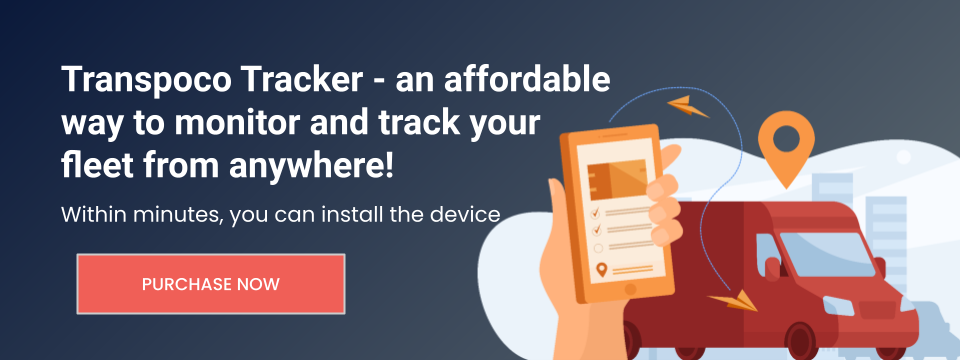
Vehicle insurance premiums appear to be soaring, adding to the financial burdens faced by both individuals and businesses in these recessionary times. For instance, the most recent data shared by The Guardian reveals an average vehicle insurance price a staggering 50% higher than 2023, with drivers anticipating a payment of £995—the highest ever recorded in the UK.
An analysis presented by the American Transportation Research Industry in 2023 found that, on average, insurance costs escalated to $0.087 per mile in 2020, with a disproportionate impact on small companies. Their study identified three primary factors influencing the rise in insurance premiums: economic conditions (general inflation and the cost of vehicle repairs), societal changes not directly tied to economic inflation (public opinion regarding fault in safety incidents), and individual carrier factors (whether carriers demonstrated efforts to enhance safety records), the latter unfortunately pushing companies to wrongly compromise on employee salaries, especially in the past (maybe one of the possible causes of the global driver shortage).
While fleet managers and end users cannot avoid having insurance and paying for it, there are alternative methods to reduce insurance premiums, and telematics stands out as a viable option. According to recent publications, telematics has proven to be beneficial, saving certain drivers, particularly those in younger age categories, up to 60% in premiums. It is unsurprising that 51% of major fleets in the UK, including 74% of those with over 100 vehicles, are utilising telematics.
How are insurance premium calculated?
The calculation of insurance premiums involves various factors mentioned earlier, with variations across providers and geographical areas based on factors like the cost of living, safety levels, and incidents of theft. Additional elements such as age, driving history, vehicle type, usage, and professional driving tendencies contribute to premium fluctuations.
How does telematics help save on insurance premiums?
Telematics emerges as a cost-saving solution for insurance premiums in several ways.
Just having it fitted. Merely having telematics installed can result in insurance discounts, as the technology, with or without connected cameras, enhances fleet safety and security, subsequently impacting insurance claims.
If you have a daytime fleet. For pools of vehicles operating exclusively during daylight hours, an insurance discount is often applicable, as night-time driving is generally considered riskier.
Driving style analysis. Monitoring driver behaviour promotes a culture of safe driving, reducing accidents and violations and improving the overall fleet scorecard.
Vehicles and assets protection. Telematics aids in preventing vehicle theft by providing enhanced visibility and detecting unusual patterns indicative of misuse.
In conclusion, as insurance premiums reach unprecedented heights, embracing telematics emerges as a proactive approach for both financial savings and enhanced safety—a choice made by an increasing number of innovative and efficient fleets.


